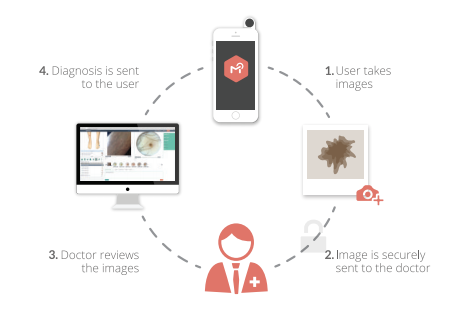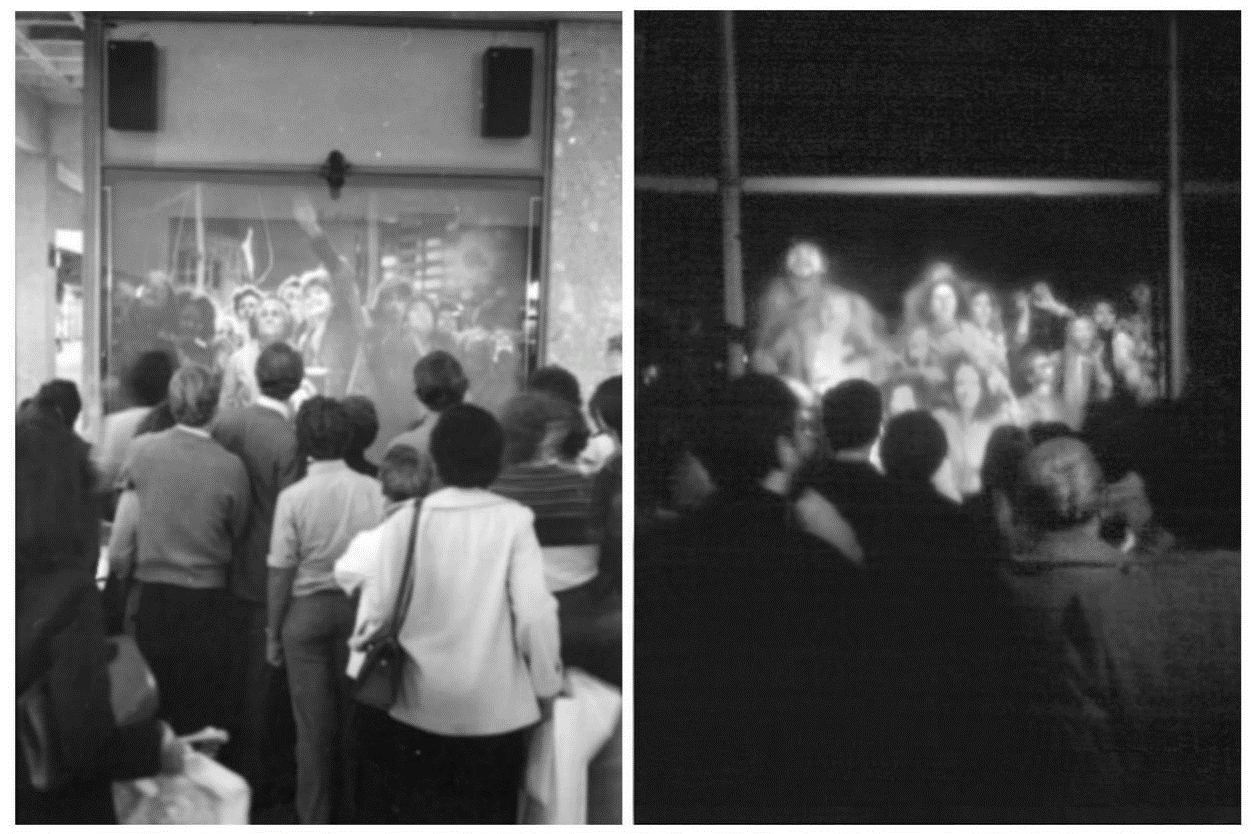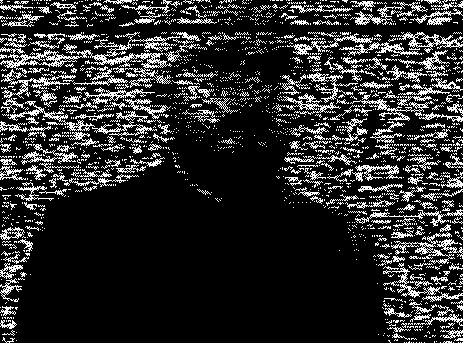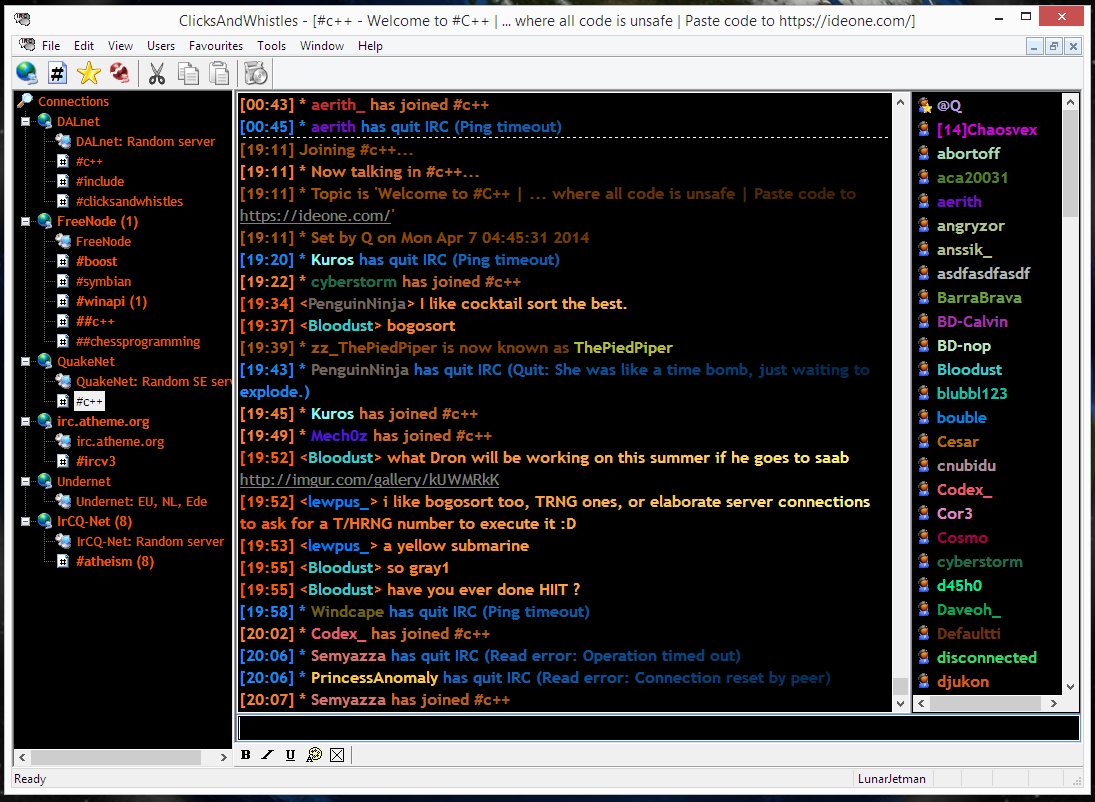The MoleScope is a medical tool to assist in the processing and screening of people in a preventive and/or post melanoma stage.

With the stats of 1 in 5 Americans being diagnosed with skin cancer, changes or appearances of precursory symptoms is an important field to survey.
However, the medical world is stuck in being able to give everyone enough time and attention to be vigilant for these symptoms. Screening everyone intensely creates a longer wait list for everyone, doctors would be overworked and medical fees would go up.
The MoleScope is a great tool in helping to indicate to the untrained eye if there is a cause for concern or not.
This however, is not the first product in the world of patient skin care to visually look for and database moles.
A previous example would be SkinVision, which is an app that would use the phone’s camera to take the snap. While it also analysed and tracked them, it’s shortcoming was in only using the phones camera; which, while good, also didn’t have the sub-dermal imaging capabilities the MoleScope provides with it’s dedicated device that attaches over the phones camera.
Images taken by the MoleScope are sent to a doctor who reviews the images and with a recommended course of action sent to the user.

The Molescope is also great in it’s comprehensive functionality. There is both a side for patients AND for healthcare professionals. Using their DermEngine web platform.

This provides both the doctor and patients a place to both go over their current state and the progression of any notable lesions to assess their current situation. This is an immense ease on the doctor as they can go over the information at a moments notice and helps eliminate the need for queues and all the administrative aspects that go along with a hospital visit. The patients also can feel at ease knowing that they can get medical attention as soon as something noteworthy shows up; additionally having the ability to review their own progress helps the patient in having a good grasp of the situation and in turn, puts them at ease too (plus transport costs and time are virtually gone).
In 2011, a much earlier version from another company called MelaFind was reviewed to be a little tricky in their diagnosis. While it only missed 2% of biopsy proven melenomas it also had a high false-positive rate (LINK to article). But the article also states that “…in the same clinical trial, a panel of dermatologists who did not use the device had an even higher false-positive rate.”
It’s been 6 years since then, and MelaFind was a rather large handheld device resembling an expanded hairdryer, technology has no doubt progressed since then and now MoleScope is merely a clip-on device to the users phone.

Herein lies another problem. The camera mount is phone-specific. In it’s initial release it was only available for the iPhone 5c to 6+ models with android coming shortly. However with the large variations in form factors on phones, this is ultimately going to leave some people unable to use the device.
Another noteworthy point I found from an article was that Android is critical in being considered for health apps “due to key health demographics disproportionally utilizing the Android platform.”
Though this one device it has brought me to realize that in some instances, the device capabilities extend far beyond what it holds in it’s physical aspects, but there are also secondary and even tertiary levels to consider, such as a stable website and platform + server database needs. Additionally as good as an idea might seen, it requires it’s intended service sector to adopt it, which means the spending of money and resources on new technology, which might not be very easy for the industry to immediately jump on or commit to.
















 )
)









